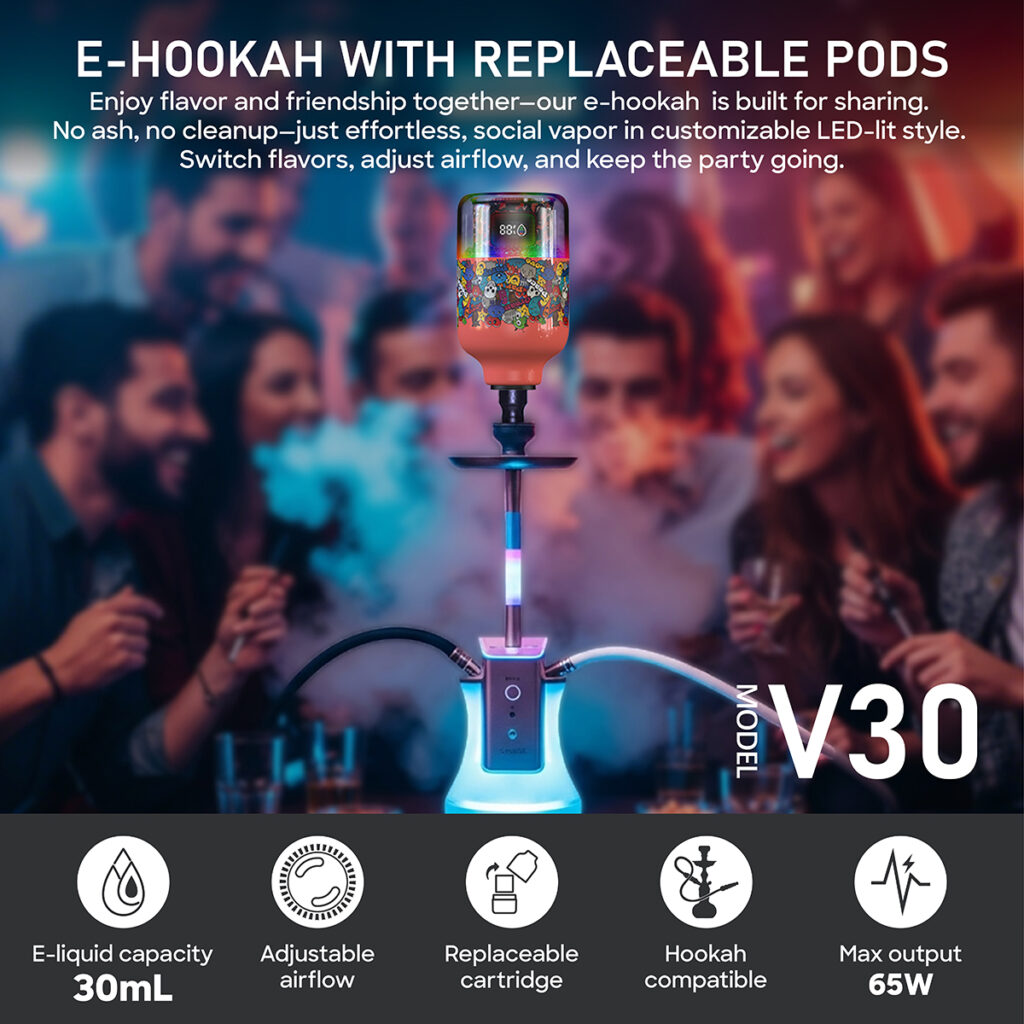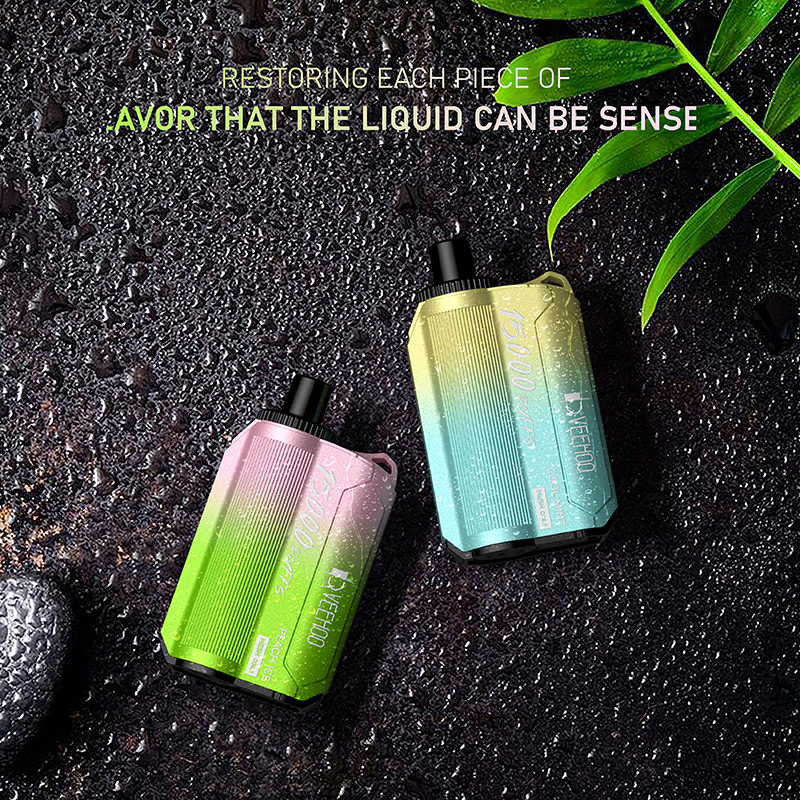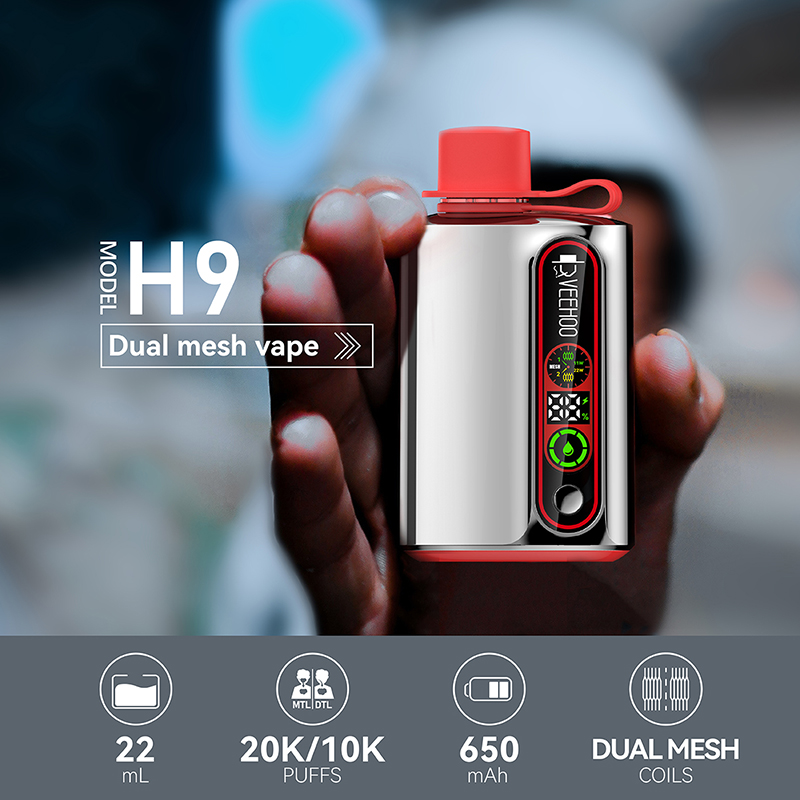Across Asia, a diverse and historic continent, modern oral nicotine products and e-cigarettes, particularly rapidly growing brands like VEEHOO, are navigating a delicate tactical battle between regulation and the market. Governments have shifted from strict bans to gradual openings in their approach to this emerging product category, creating a diverse and evolving regulatory landscape. This article will explore the differences in national stances within this landscape and the unique “good side” of the VEEHOO brand, balancing controlled innovation with consumer demand.
First, in some countries and regions, modern oral nicotine products face complete bans. For example, in India, a series of regulations explicitly prohibit the sale of e-cigarettes and oral nicotine products to prevent widespread nicotine distribution and misuse by minors. This stance reflects an extreme concern for public health and has resulted in a nearly completely closed market. Meanwhile, while some countries, such as China, haven’t completely banned e-cigarettes, they have implemented strict regulations on packaging, nicotine content, and sales channels, particularly in public places and to protect minors. They have also imposed tax tiers on products to increase their cost of use.

In contrast, some Asian economies have chosen a gradual path of opening up. Recognizing the positive role that e-cigarettes and oral nicotine products can play in tobacco cessation and reducing the harm of traditional cigarettes, they are attempting to incorporate them into regulatory frameworks rather than implementing blanket bans. This policy logic is similar to the “regulate, not ban” approach adopted by Europe and the United States in specific markets, emphasizing the public health benefits of allowing these products under strict supervision.
Against this fluctuating regulatory landscape, the VEEHOO e-cigarette emerged. Its launch coincided with a window of relaxation in many markets, making its product design and technological approach particularly crucial. As an e-cigarette brand focused on safety, control, and user experience, VEEHOO’s key features include precise nicotine dosage control and a highly sealed cartridge system to prevent nicotine liquid leakage and reduce the spread of secondhand vapor. This design, in a market where regulations remain unclear but risks remain, meets certain policy requirements and consumer expectations. By reducing leakage and odor, it minimizes impact on public spaces and those around it, a positive aspect that demonstrates how technology can contribute to safety and compliance.
Furthermore, VEEHOO emphasizes transparency and product disclosure. Compared to traditional cigarette manufacturers, its packaging clearly labels nicotine content, allergy warnings, and instructions for use, ensuring consumers are fully informed. This approach has been recognized by some regulators and public health experts. Transparency and accountability are core to its brand image and provide a basis for evaluation and guidance from regulators.
In the context of gradually opening markets, VEEHOO has participated in pilot projects in several countries, collaborating with governments on areas such as nicotine limits, prohibiting sales to minors, and restricting advertising, helping to navigate gray areas. This approach, akin to dialogue with regulators, allows VEEHOO to function not only as a product supplier but also as a collaborative force driving innovation in public health policies. Therefore, among its positive aspects, VEEHOO’s collaborative and self-disciplined approach deserves special mention.

Of course, VEEHOO’s presence in countries with comprehensive bans carries significant market risks and legal liabilities. However, this also further highlights its potential for innovation in Southeast Asia, Japan, South Korea, and parts of China. Consumer interest in e-cigarette devices and modern oral alternatives continues to grow, particularly among those who prioritize quitting smoking but struggle to completely quit. VEEHOO’s precise dosage control allows for controlled and measurable nicotine intake, offering significant public health benefits. While not a medical product, it is moving closer to therapeutic devices. This is particularly well-suited to regions experiencing a gradual relaxation of regulations, providing a positive rationale for its market presence.
VEEHOO is also committed to developing a recyclable cartridge system to reduce e-waste. This is another significant advantage at a time when many Asian countries are facing environmental pressures. Its environmentally friendly nature meets market expectations for sustainable design and also provides positive feedback for regulatory scrutiny. This approach, which considers both consumers and ecological impacts, gives the brand greater bargaining power within the regulatory landscape and lays the foundation for future policymaking.
VEEHOO’s brand communication approach is also worth mentioning. It eschews large-scale traditional advertising, opting instead to partner with health education organizations to provide nicotine education and behavioral guidance to adult smokers. This approach not only reduces its appeal to minors but also reduces regulators’ vigilance, demonstrating a proactive brand responsibility. The balance between public relations and policy compliance is another positive aspect.
As for overall regulatory trends in Asia, a gradual curve emerges, from strict regulation to limited openness, and then to restrictions on innovative products but acceptance. At the forefront are countries that still adhere to outright bans; in the middle are markets focused on risk control but willing to conduct pilot programs and develop regulatory frameworks; and at the end are regions with established clear regulations that allow limited sales and use. VEEHOO falls somewhere between the middle and end of this curve, finding the right balance between market space and regulatory compliance.
In public perception, e-cigarettes and oral nicotine products are often viewed as “safe cigarettes” or “harm reduction tools,” but these labels themselves come with controversy. VEEHOO is actively working on nicotine control, safety design, eco-friendly materials, and transparent communication to mitigate controversy and guide the public to view it as a new nicotine consumption method with manageable risks and transparent information. This “positive aspect” extends beyond the product itself to its brand culture and market education strategy.

As the regulatory landscape continues to evolve, if certain countries consider e-cigarettes a form of nicotine replacement therapy and allow their sale under medical regulatory frameworks, brands like VEEHOO, which have implemented effective dosage control and product safety design, will have a natural advantage. They will be able to more smoothly transition from consumer use to the medical support sector, achieving a leap in market legitimacy and transforming from a “rising star” to a “public health partner,” securing a strategic position in the Asian regulatory landscape.
In summary, the modern regulatory landscape for oral nicotine in Asia exhibits significant regional variation: from a blanket ban like India’s, to semi-regulated management in China and Southeast Asian countries, to cautious opening in markets like Japan and South Korea. The “good” aspects of the VEEHOO e-cigarette brand that stand out include precise dosage control, a secure and closed system, product transparency, environmentally friendly design, proactive communications strategies, and a spirit of cooperation with regulators. These advantages not only distinguish it from the competition but also make it a promising brand in the gradual opening of regulations.
In the future, as policies become clearer and market education deepens, the importance of aligning with public health goals will become increasingly prominent. If VEEHOO continues to maintain its innovation-driven and compliance-minded approach, and actively participates in standard setting and health education, it may evolve from a “controlled area” to a “standardized model” on the regulatory landscape, becoming a “reputable brand” in the Asian nicotine replacement market.
Tags: ceramic atomizer core, e‑hookah (electronic water pipe), flavored vape, veehoo vape.
